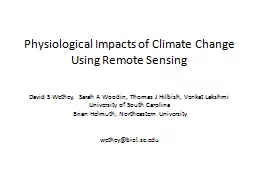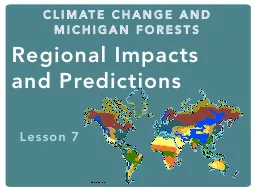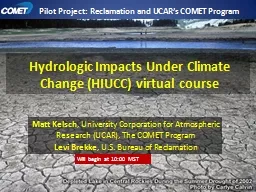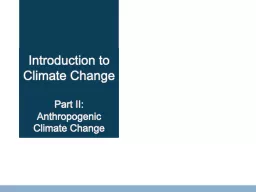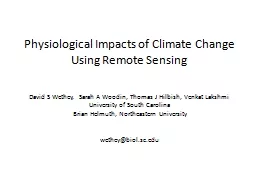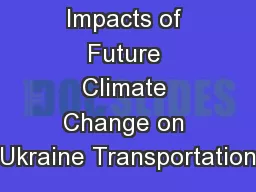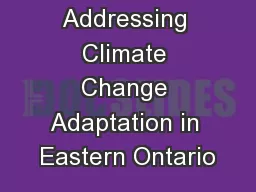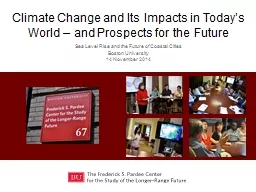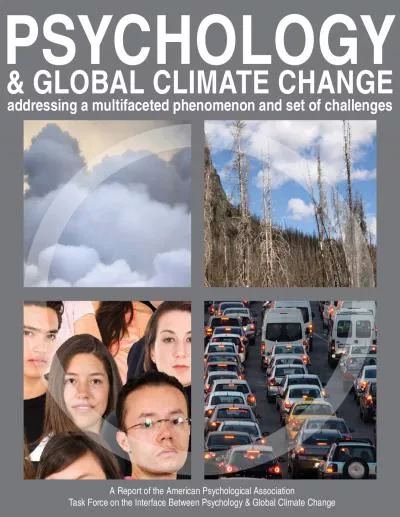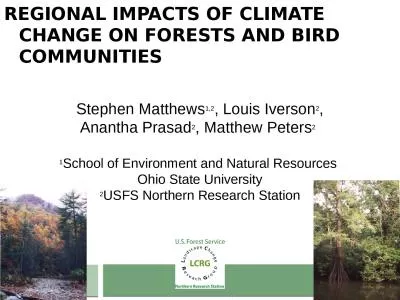PPT-Physiological Impacts of Climate Change
Author : test | Published Date : 2018-11-06
Using Remote Sensing David S Wethey Sarah A Woodin Thomas J Hilbish Venkat Lakshmi University of South Carolina Brian Helmuth Northeastern University wetheybiolscedu
Presentation Embed Code
Download Presentation
Download Presentation The PPT/PDF document "Physiological Impacts of Climate Change" is the property of its rightful owner. Permission is granted to download and print the materials on this website for personal, non-commercial use only, and to display it on your personal computer provided you do not modify the materials and that you retain all copyright notices contained in the materials. By downloading content from our website, you accept the terms of this agreement.
Physiological Impacts of Climate Change: Transcript
Download Rules Of Document
"Physiological Impacts of Climate Change"The content belongs to its owner. You may download and print it for personal use, without modification, and keep all copyright notices. By downloading, you agree to these terms.
Related Documents

